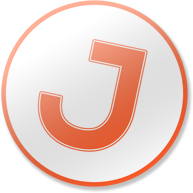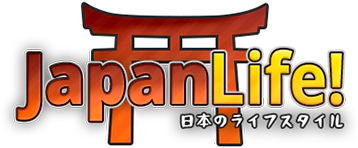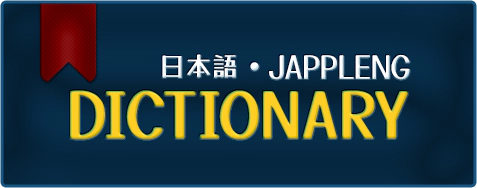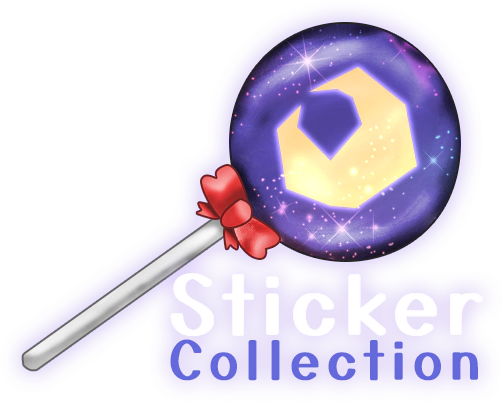In
Lesson
2 we have briefly introduced
Hiragana and its history and now we will
continue by eploring the Hiragana writing system. We will explore
Hiragana characters, stroke order, and how to write the first
10 hiragana characters.
Please be ready to print sample sheets to trace over and write on
paper. You don’t need to print, however it may be beneficial to do
so.
Hiragana (
ひらがな) was introduced
around 4th century AD
(at the best of our knowledge) when
women were forbidden to write in
Kanji but not forbidden to study it. It
eventually became the standard writing method used in Japan and
that remains true today more than ever.
Hiragana is generally first learned before
Katakana or
Kanji because it is used as the base to learn Kanji, and
Katakana is usually used with foreign words and names. Hiragana is
also fairly simple as it only contains
46 base
characters.
Let’s take a look at these characters.
| MONOGRAPHS |
K |
S |
T |
N |
H |
M |
Y |
R |
W |
N |
| A あ |
か |
さ |
た |
な |
は |
ま |
や |
ら |
わ |
ん (n) |
| I い |
き |
し (shi) |
ち (chi) |
に |
ひ |
み |
|
り |
|
|
| U う |
く |
す |
つ (tsu) |
ぬ |
ふ (fu) |
む |
ゆ |
る |
|
|
| E え |
け |
せ |
て |
ね |
へ |
め |
|
れ |
|
|
| O お |
こ |
そ |
と |
の |
ほ |
も |
よ |
ろ |
を |
|
|
For Mobile Users you may wish to view the chart here:
Hiragana Chart (Basic)
At first glance, it may seem a little overwhelming to learn how to
read and write all of these characters, but do not worry, within
the next two-weeks you will learn how to read and write all of
these characters and more.
As you may have noticed, the chart seems to span from left to
right, and some characters seem to be missing. Don’t feel deceived,
this is done on purpose. If you count each kana one-by-one, there
should be 46 as not all combinations exist.
 If you cannot see
the chart above properly, please let us know in the course forums so that we
can work together to find a solution.
If you cannot see
the chart above properly, please let us know in the course forums so that we
can work together to find a solution.
This "basic" chart is called the
gojuuon (五十音) series and earlier mentioned
in Lesson 2 as "Monographs" for those whom are linguists. This
series contains the very basics of what you will need to learn the
rest of the Kana. If you will, gojuuon is similar to the alphabet
you already know. Beyond this series, imagine just adding accents
to the alphabet to create new words or sounds. It is really easy
and we’ll go through this
step-by-step when the
time is right.
On the right there is a column for vowels which are similar to what
exists in English, "
A, I, U, E,
O". This is the traditional pattern used when learning
Japanese. At the top, there is a row depicting a consonant.
"
K, S, T, N, H, M, Y, R, W,
N".
Combine the consonant with the vowel to create a paired kana such
as "
K" + "
A" =
"
KA か". You may use
the chart as reference on what you can combine but take note that
"
n" (ん) can be used on its own as a consonant. An
example of this would be in the word konnichiwa written as:
こんにちは [ko][n][ni][chi][ha
(pronounced as wa)].

Look at the chart and
compare character by character and see what you find.
It is believed that stroke order came about because brushes were
traditionally used to write Japanese. The difference in stroke
order can be obvious when writing Japanese as characters will not
look the same. In English, stroke order may or may not be taught
and people generally have different font styles, but in Japanese
where stroke order is taught, the difference between characters can
at times, render characters unreadable.
Pay especially attention to the stroke order and your calligraphy
will look fantastic. Stroke order for Hiragana is top-left to
bottom-right.
Let’s look at some examples:
If both
あ and
い may have been fairly simple to understand
and the remainder of the kana will be just as easy. We will provide
writing practice printouts of the Vowels, and The column
"
K" for today’s homework.
What may be exciting is that there will be practice words so from
here on, you will be able to read and write some Japanese by the
end of the lesson. Please be sure to complete your assignments and
practice as much as you can.
Lessons from here on will begin to use kana whenever possible, be
sure to follow along the requirements.




























